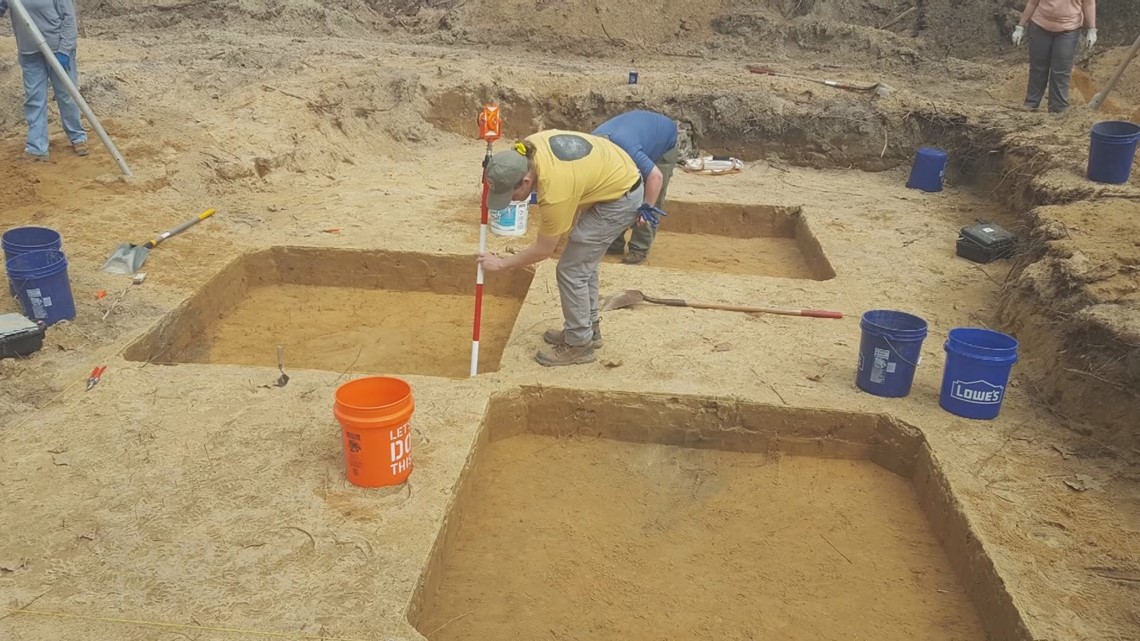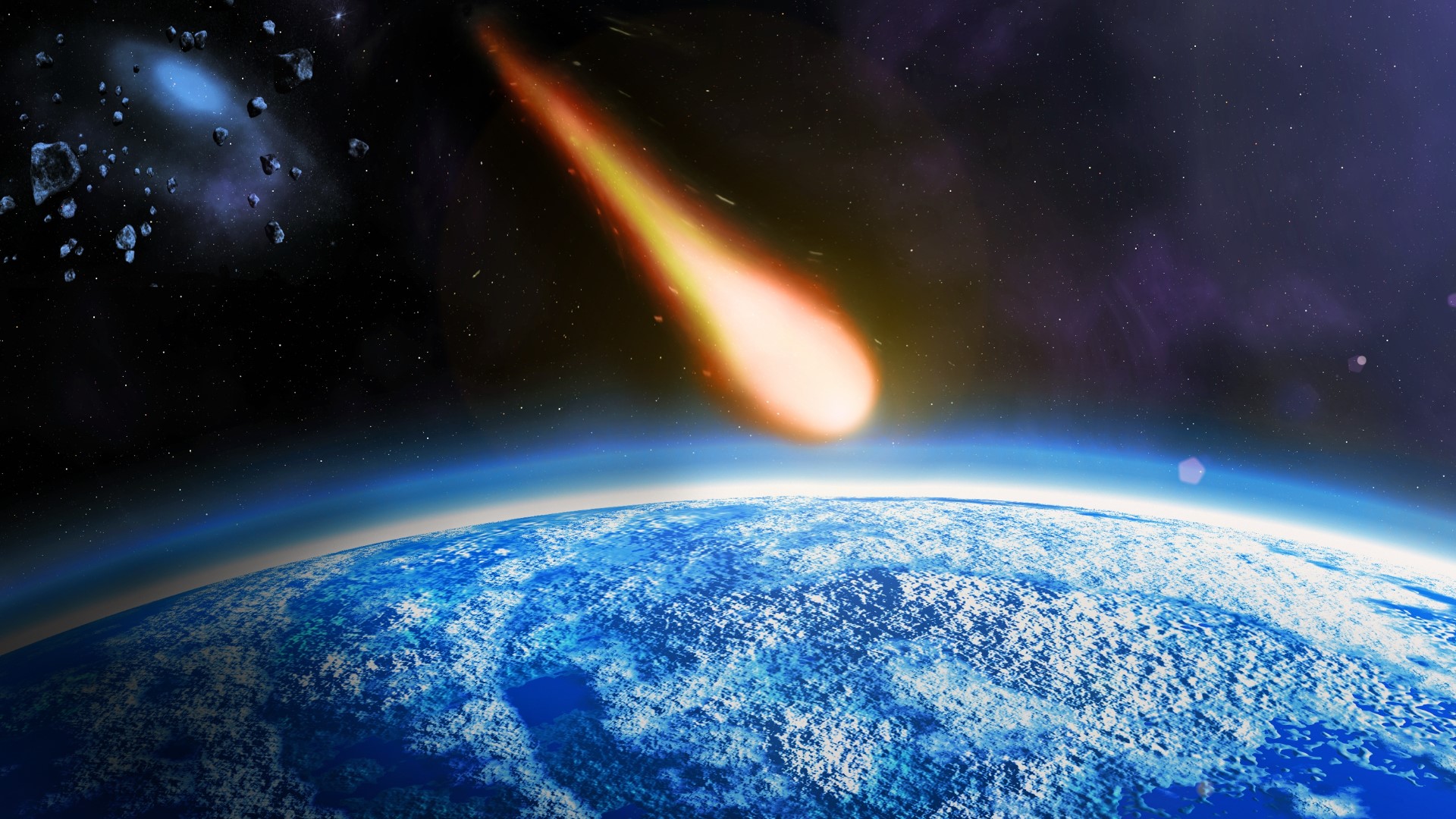ELGIN, S.C. — A lot of attention has been generated in the South Carolina town of Elgin following the earthquakes there in recent months. But Elgin is also making headlines for a stunning discovery made by a former University of South Carolina archaeologist, Christopher Moore, and his team of researchers.
Moore and his team of researchers believe they’ve found signs supporting an extinction theory called the Younger-Dryas Impact Hypothesis. And they've found evidence that appears to shows an asteroid or comet exploded over Kershaw County thousands of years ago, causing huge changes to life in that area..
“I wanted to come to White Pond because I knew the mud and the sediments in the pond had a record of climate over the last at least 20 or 30,000 years," Moore explained.
The Younger-Dryas Impact Hypothesis states an asteroid or comet hit the Earth nearly 13,000 years ago, splintering into smaller parts over the skies of several continents. The result led to a decline in animal and human populations. Evidence in support of the proposition, Moore said, was found at the bottom of White Pond in Elgin in recent years.
“Well when you dig down in certain areas you’re going back in time," Moore said. "So you start at the surface and you have the most recent time periods, and as you go down, it’s like a time capsule, and you’re going further back in time."
Teams excavated in three or four feet long block units--individual segments where the Earth is peeled back--across parts of the White Pond area. Moore said at the deepest part of the block they've found artifacts that are 12,000 years old.


Moore said evidence found in the pond’s sediment suggests an asteroid or comet exploded in the skies over South Carolina all those years ago. If so, the event would have caused massive wildfires, creating enough smoke to block out the sun for several weeks or months. And it may have been enough to contribute to the extinction of several large animals that roamed the Earth.
“It’s possible that we had mastodons," Moore said. "We may have had herds of mastodons coming here to drink. We could have had herds of bison. That’s certainly based on some other work that I’ve done. It’s suggested that we probably had herds of bison, elk, other large animals.”
“The fossil record for that time in South Carolina is also not very good but we know if you go further back in time there’s all kinds of evidence of mammoth, mastodon, giant ground sloth, sabertooth cats, you name it," he added. "Very large animals that all went extinct.”
In 2019, Moore and his colleagues first published their findings in Scientific Reports, a publication of Nature.
Researchers were also looking for evidence of the Clovis culture. The Clovis were considered to be the earliest Native Americans and artifacts of the Clovis people have been found throughout the United States.


“These people were here...and made this very distinctive stone technology and then they seemed to very rapidly change or shift," he said. "I’m not saying they go away but they transition around the beginning of the Younger-Dryas, about 12,800 years ago."
And while no evidence of the Clovis people has been at White Pond, Chris said they will expand their search in the coming months, hoping to find more evidence to support their theory.
“It’s a highly debated topic," Moore admits. "And I think the opinions of archeologists and geologists vary. It’s like the dinosaur extinction asteroid event when that evidence was first presented. It was highly controversial and it took a lot of time and work before it was widely accepted.”
“This is not widely accepted necessarily but there’s plenty of evidence to support an event happening.”
And since it happened once, could it happen again?
“You know you hear reports all the time of asteroids that come between us, the Earth, and the moon, and most of those are fairly small and wouldn’t necessarily do a lot of damage but there are some out there that are large enough to do significant damage if they were to hit the earth. And it’s just a matter of time before that happens.”

